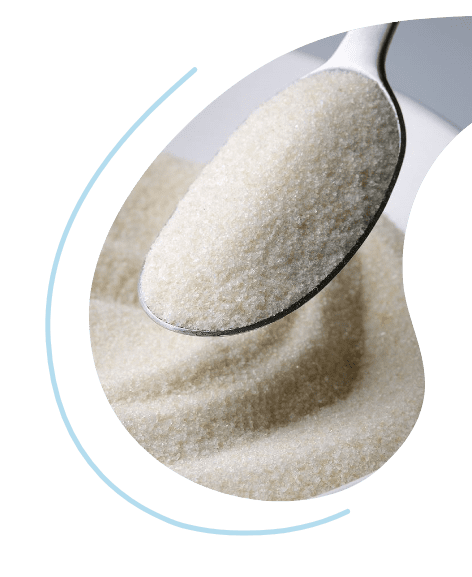
Gelatin is a valuable ingredient in many food applications (including confectionery, dairy and meat) and in pharmaceutical applications such as hard and soft capsules.
This is produced by partial hydrolysis of collagen, which is the most abundant protein family in mammals. Commercial gelatin is often produced from the bones or hides of cows and pigs or from fish skin. The gelatin industry needed to benefit from a sensitive and reliable species determination method, as this would help manufacturers to support their label claims. Together with the world market leader in gelatin production, TRISKELION has therefore developed the quantitative TrustGel™ method.
The quantitative protein LC-MS (liquid chromatography-mass spectrometry) method has been validated according to bioanalytical guidelines and Good Laboratory Practice to ensure scientific completeness and data integrity. The selected validation set was diverse enough to cover relevant variables such as tissue source, continent of origin, processing conditions, bloom value and animal species. Through the implementation of stable isotope-labeled internal standards, an acceptable and accountable method performance can be obtained at the single sample level. The TrustGel™ method has been validated for bovine and porcine gelatin, but also includes the qualitative monitoring of several other relevant animal species. Comprehensive proteogenomic studies were performed in order to investigate how collagens have changed during evolution and what sorts of differences have arisen between (groups of) animal species, further supporting the methodology.
Keep track of our website: the TrustGel™ method will be expanded in the future to include more animal species and collagen types. TRISKELION is also open to requests! If you’d like to know more about related services we offer, please visit the Protein LC-MS page.
Other links:
– Validation study
– Proteogenomic investigation: part 1, part 2 & part 3
– SlideShare presentation
Please take a look at our TrustGel™ method video:











